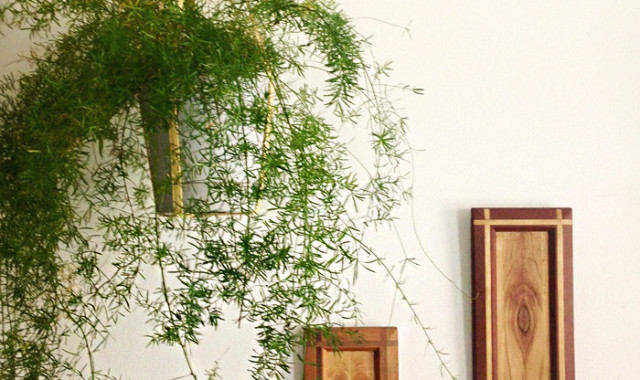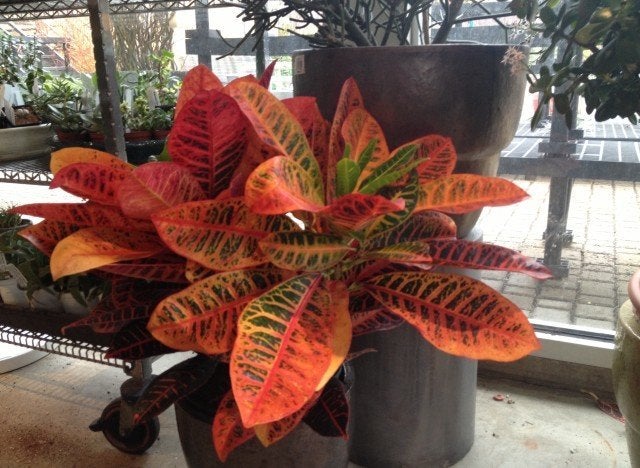Asparagus isn't just for dinner! In fact, there are numerous "cousins" of the same plant group that make excellent houseplants and even great outdoor additions in appropriate climates. Although they are often nicknamed asparagus "ferns," they are not part of the fern family, and are actually quite different.
To start, edible asparagus spears will open to lacy, fern-like leaves if left unharvested, making its relationship to the houseplant relatives much more apparent. It is, however, the only variety that is edible. There are many different types of asparagus, from cascading clouds of foliage, to more upright, conical shapes. The distinction from grower to grower can get a little hazy.
They do all have aptly applied nicknames like "fox tale" for the upright conical fronds of A. densiflorus ''Meyersii." The common rambling and trailing asparagus used in hanging containers and plant pedestals is the cultivar "Sprengeri", -- both of which refer to plant enthusiasts of historical merit, as well as have further varieties cultivated from them. Early season white flowers are followed by small, seed-bearing berries which mature to red as cooler weather sets in. I've often seen these Asparagus labeled as each other, so sometimes just referring to their shape will get the point across of what you're looking for.

While I hold a fondness for the dependability of the more common varieties, I have to move on to the real showstoppers: "ming ferns" and "plumosa ferns,' Asparagus that provide gorgeous foliage profiles to the home, patio or garden, despite being a little less common. Asparagus retrofractus, the "ming fern," is relatively slow-growing, but well worth the wait thanks to the zigzagging, woody branches that support tufts of leaves. Often somewhat upright, this Asparagus can be staked to give the appearance of a graceful tree, like an ancient silk painting. Next up, like a few well-placed strokes of calligraphy, Asparagus setaceus will create beautiful, feather-like archs of foliage, branching out horizontally. This Asparagus will also twist and climb up a support if provided. If you're as tenacious as I am about these versatile plants, look out for Asparagus setaceus 'Pyramidalis', the branches of which remain tight and vertical, opposed to the downward slope of the species A. setaceus.'
Asparagus can be slow-moving houseplants, but in the warm summer months, and in warmer climates they are incredibly vigorous, reaching lengths in excess of six to eight feet. So, be cautious to keep its underground network of roots and tubers from becoming an unwanted invader if planted in the ground. As natives of Southern Africa, Asparagus prefer a slight drying time between watering, but take note that foliage will yellow both if over or under-watered. New growth will also be limited if there is not enough sunlight, so keep it near or in sunny windows indoors. Outdoors, this selection is much more versatile and capable of sun to shade with appropriate watering.
So while I'm not saying to cut down on the vegetables, you should give some Asparagus alternatives a try.
For more great ideas, be sure to look through Tara Heibel's Plant Of The Week slideshow below.
Have something to say? Check out HuffPost Home on Twitter, Facebook, Pinterest, Tumblr and Instagram.
**
Do you have a home story idea or tip? Email us at homesubmissions@huffingtonpost.com. (PR pitches sent to this address will be ignored.)
